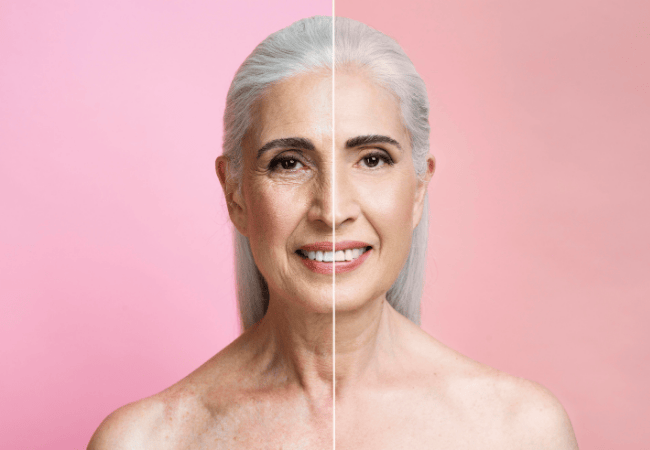If you’ve been wondering about the best age for deep plane facelift, you’re not alone—many people considering facial rejuvenation seek the perfect timing to achieve the most natural, long-lasting results.
Understanding the Deep Plane Facelift
Before diving into the best age for deep plane facelift, it’s crucial to understand what this procedure actually involves. A deep plane facelift is a surgical technique that repositions not just the skin but also the underlying muscles and tissues. Unlike traditional facelifts that mainly tighten the skin, the deep plane approach allows for more natural, youthful results without a “pulled” appearance.
Patients often seek this method to address:
- Sagging cheeks
- Deep nasolabial folds
- A drooping jawline
By targeting the deeper structures of the face, deep plane facelift results tend to be more enduring and realistic compared to older techniques.
What Is a Deep Plane Facelift?
A deep plane facelift separates and repositions the SMAS (Superficial Musculoaponeurotic System) layer of the face. This advanced approach allows for significant lift and volume restoration without overly stretching the skin. Surgeons aim to rejuvenate the midface, jawline, and neck in a harmonious and balanced way.
Unlike traditional facelifts, a deep plane facelift restores facial structure to its earlier, youthful positioning.
Factors That Influence the Best Age for Deep Plane Facelift
Determining the best age for deep plane facelift isn’t a one-size-fits-all answer. Several key factors come into play:
- Skin Quality: Good elasticity enhances healing and results.
- Degree of Aging: Those with moderate sagging benefit more than those with minor or extreme changes.
- Overall Health: Healthier individuals heal faster and have fewer risks.
- Lifestyle Choices: Non-smokers and people with healthy habits typically see better outcomes.
- Genetics: Some people age faster or slower due to hereditary factors.
Generally, candidates who begin to see significant aging signs between their 40s and 60s are ideal for this surgery.
When to Get a Deep Plane Facelift
One of the most frequently asked questions is “when to get a deep plane facelift?”. Here are some signs you might be ready:
- Noticeable sagging in the midface and jawline
- Deepening folds around the nose and mouth
- Loss of definition along the jaw
- Volume loss in the cheeks
- Feeling that fillers and non-surgical treatments are no longer sufficient
If you’re experiencing these issues, it may be time to consult a qualified plastic surgeon.
Typical Age Range for Deep Plane Facelift Results
While the best age for deep plane facelift varies, most surgeons recommend considering the procedure between the ages of 45 and 65. Here’s a quick breakdown:
| Age Range | Characteristics | Why It’s Ideal |
| 40s | Early sagging, good skin elasticity | Best long-term investment |
| 50s | Moderate sagging, deeper lines | Noticeable improvement |
| 60s | Advanced sagging, volume loss | Significant rejuvenation, though recovery might take longer |
Choosing the right time ensures the most natural deep plane facelift before and after results.
Deep Plane Facelift Before and After: What to Expect
When considering deep plane facelift before and after transformations, looking at real cases performed by experienced surgeons like Dr. Varsak provides valuable insights.
Dr. Varsak’s patients typically experience:
- Restored midface volume
- A refined jawline
- A smoother neck transition
- Softened nasolabial folds
- Natural-looking, harmonious facial rejuvenation
Most of Dr. Varsak’s patients resume their regular social activities within two to three weeks post-surgery. Over the following months, the facial tissues settle, revealing the final, beautifully rejuvenated appearance.

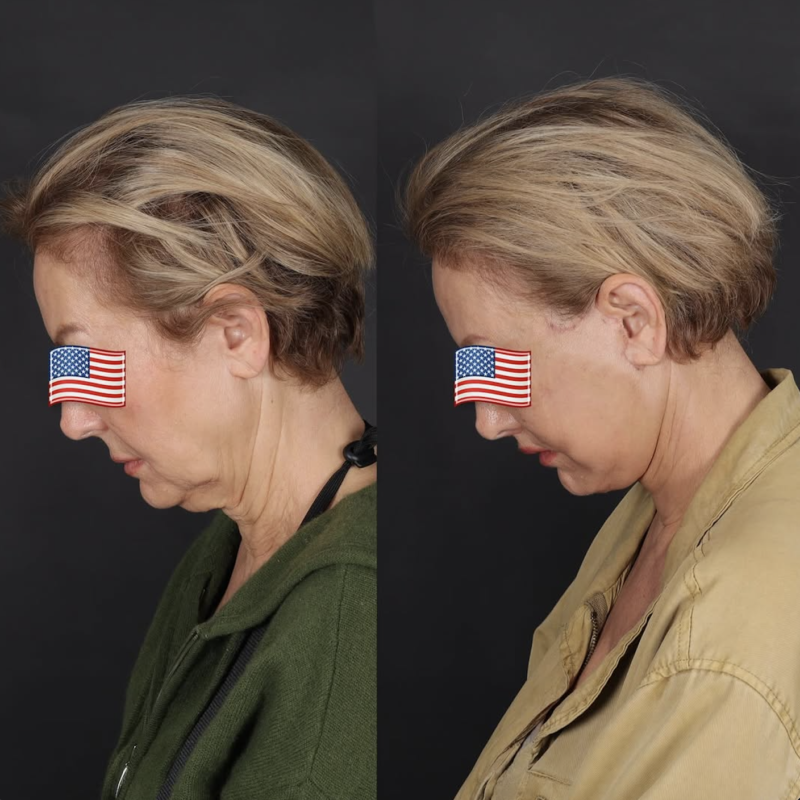
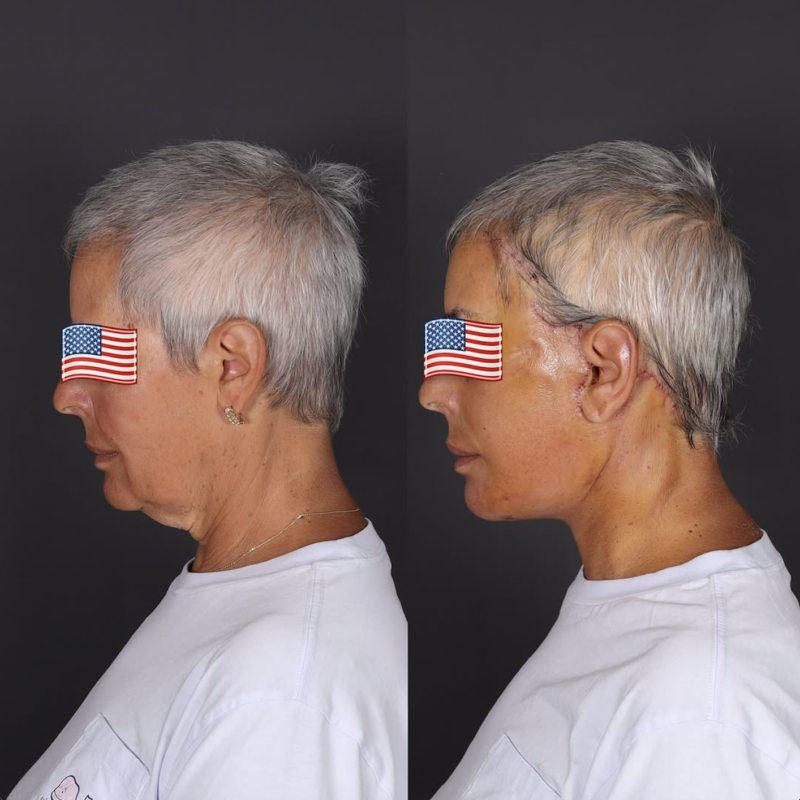
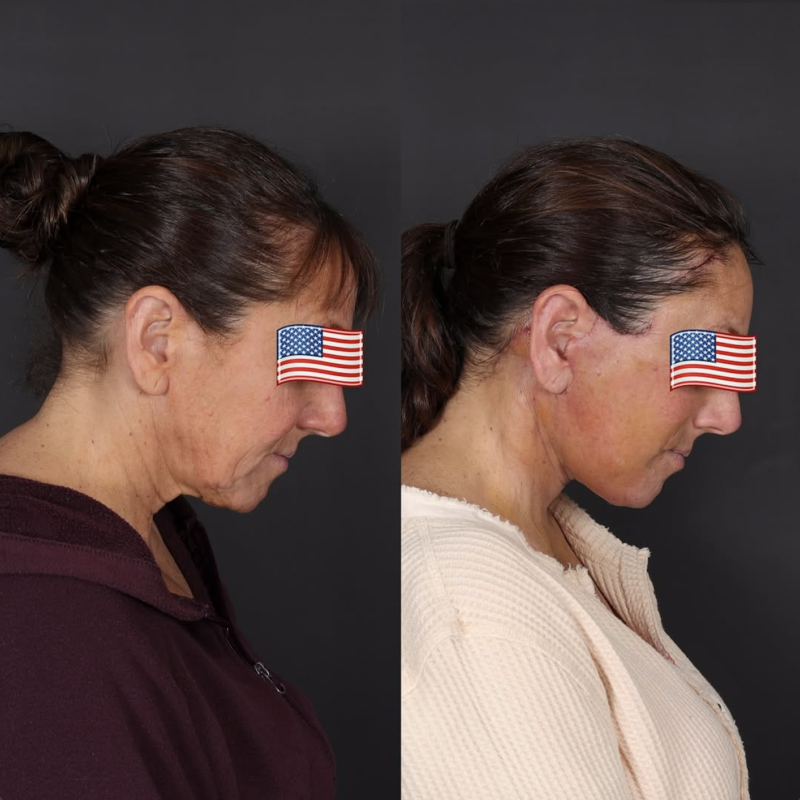
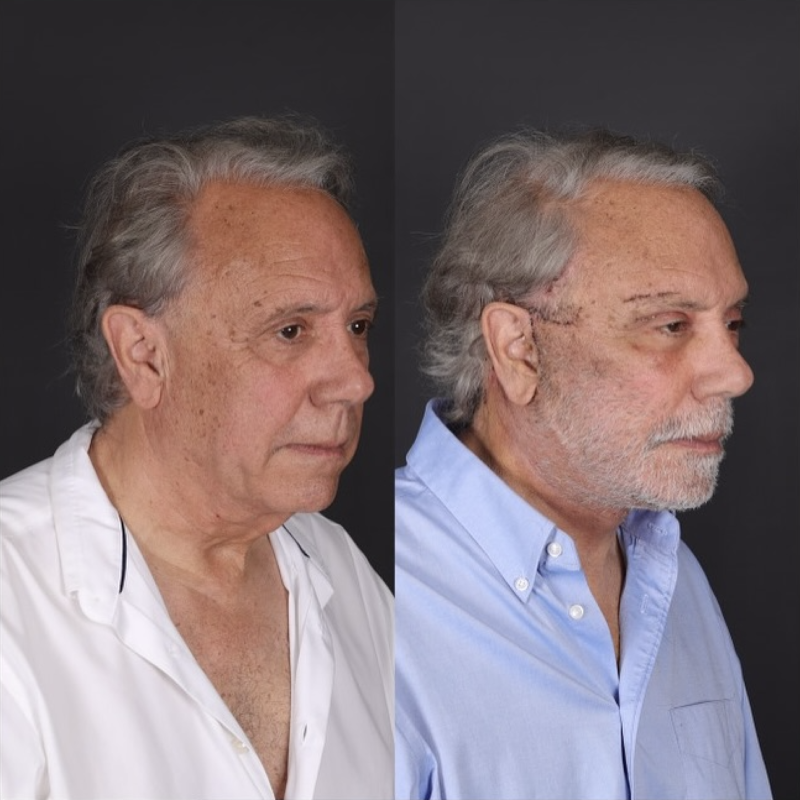

Advantages of Choosing the Right Age for Surgery
Choosing the best age for deep plane facelift offers several advantages:
- Better Elasticity: Faster healing and fewer complications.
- More Natural Results: Subtle, harmonious rejuvenation.
- Longevity: Enjoy results longer.
- Lower Need for Revisions: Fewer future adjustments needed.
Risks of Waiting Too Long for a Deep Plane Facelift
Delaying the surgery beyond the ideal window can lead to:
- Greater tissue laxity, making surgery more complex
- Less natural-looking results
- Higher anesthesia and recovery risks
Thus, understanding the best age for deep plane facelift is crucial for achieving optimal results.
FAQs About the Best Age for Deep Plane Facelift
1. What is the ideal age to get a deep plane facelift?
Most patients benefit between 45 to 65 years old, but individual factors matter more.
2. Can someone under 40 have a deep plane facelift?
Rare, but possible for those with premature aging.
3. How long do deep plane facelift results last?
Typically between 10 to 15 years.
4. What’s the recovery time for a deep plane facelift?
Initial recovery in 2–3 weeks; full results in several months.
5. Is there an upper age limit for a deep plane facelift?
No strict limit, but health status becomes a crucial factor.
6. How can I know if I’m a good candidate for a deep plane facelift?
Consult a board-certified facial plastic surgeon for evaluation.
In summary, knowing the best age for deep plane facelift is key to maximizing the benefits of this advanced, highly effective procedure. Ideally performed between ages 45 and 65, the deep plane facelift restores youthful structure and vitality to the face with long-lasting results.
Choosing an experienced surgeon is vital for success. Dr. Varsak is renowned for delivering exceptional, natural-looking outcomes through his mastery of deep plane facelift techniques.
Ready to rediscover your youthful glow? Contact Dr. Varsak today to schedule your personalized consultation!


